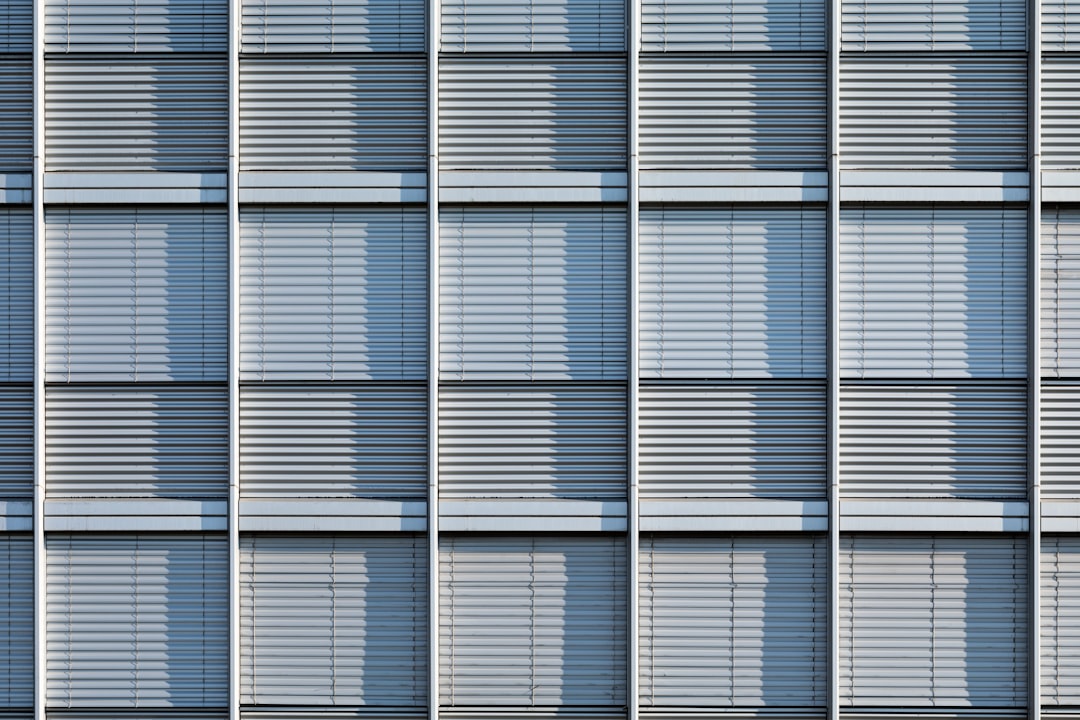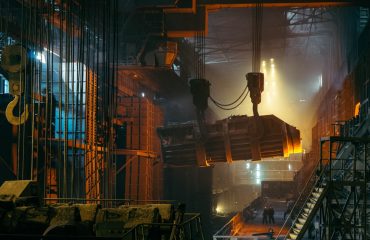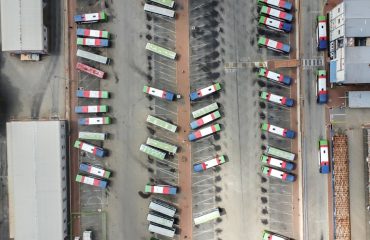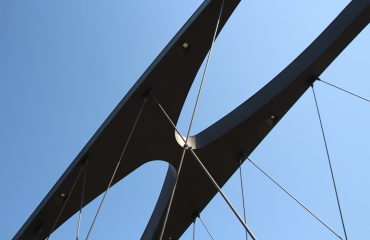“`html
Prefabricated buildings are revolutionizing the construction industry, offering faster build times, reduced costs, and increased efficiency. While various materials can be used in prefab construction, steel stands out as the ideal choice for a multitude of reasons. Its inherent strength, versatility, and sustainability make it the backbone of many innovative and efficient building projects. Let’s delve deeper into why steel reigns supreme in the world of prefabricated structures.
Unmatched Strength and Durability: The Steel Advantage
Steel’s exceptional strength-to-weight ratio is a game-changer in prefabricated construction. It allows for the creation of lightweight yet incredibly robust structures that can withstand extreme weather conditions, seismic activity, and the test of time. Unlike wood or concrete, steel is not susceptible to rot, insect infestation, or significant degradation, ensuring the longevity of the building and minimizing maintenance costs over its lifespan. This inherent durability translates directly into a lower total cost of ownership for the building owner.
Furthermore, steel’s high tensile strength allows for larger spans and open floor plans, maximizing usable space and minimizing the need for internal support columns. This is particularly advantageous in commercial and industrial settings where spaciousness is crucial for productivity and efficiency. The inherent strength also allows for the creation of buildings designed to withstand specific environmental pressures, making them suitable for even the most challenging locations.
Speed and Efficiency: Revolutionizing Construction Timelines
Prefabricated steel buildings are assembled significantly faster than traditionally constructed buildings. The components are manufactured off-site in a controlled factory environment, minimizing weather delays and logistical challenges. This controlled environment also leads to higher precision and quality control, resulting in fewer on-site errors and rework. Once the components are ready, assembly on-site is typically swift and efficient, significantly reducing the overall project timeline.
This speed translates to faster occupancy, quicker return on investment for developers, and reduced labor costs. The streamlined process also minimizes disruption to surrounding areas, making steel-framed prefab buildings a more environmentally considerate option during the construction phase itself.
Sustainability and Environmental Responsibility: A Greener Choice
Steel is a highly recyclable material, making it a sustainable choice for environmentally conscious builders. At the end of a building’s life, the steel components can be easily dismantled and recycled, significantly reducing waste and minimizing the environmental impact. Moreover, the use of steel in prefabricated buildings often reduces the overall amount of material used compared to traditional construction methods, further contributing to environmental sustainability.
Beyond recyclability, steel manufacturing processes are continuously improving in terms of energy efficiency and emissions reduction. The industry is actively working towards further minimizing its carbon footprint, making steel a responsible choice for those committed to building a greener future.
Design Flexibility and Architectural Freedom: Beyond the Ordinary
Steel’s versatility allows for a wide range of design possibilities. It can be easily shaped, molded, and fabricated into various forms, accommodating diverse architectural styles and functional requirements. From sleek, modern designs to more traditional aesthetics, steel can adapt to any vision. This flexibility is particularly valuable in prefabricated construction where customization is often a key selling point.
The ability to create complex shapes and intricate details with steel opens up opportunities for unique and visually striking buildings. This adaptability allows architects to push creative boundaries and deliver buildings that are both functional and aesthetically pleasing, making steel a preferred choice for projects requiring unique design solutions.
Cost-Effectiveness and Long-Term Value: A Smart Investment
While the initial cost of steel may seem higher than some other materials, the long-term cost-effectiveness of steel-framed prefabricated buildings is undeniable. The faster construction times, reduced labor costs, minimized waste, and lower maintenance requirements all contribute to significant savings over the building’s lifespan. The durability and longevity of steel also reduce the need for frequent repairs and replacements, further enhancing its cost-effectiveness.
The precision of factory fabrication minimizes on-site errors, reducing costly rework and delays. This predictable and efficient process leads to a more accurate budgeting process and a lower risk of cost overruns, making steel a financially sound investment for both residential and commercial projects.
In conclusion, steel’s superior strength, speed of construction, sustainability, design flexibility, and cost-effectiveness make it the ideal material for prefabricated buildings. Its combination of performance and environmental responsibility positions it as a leading choice for the future of construction.
Tags: steel buildings, prefabricated buildings, prefab construction, steel construction, sustainable building materials
“`




